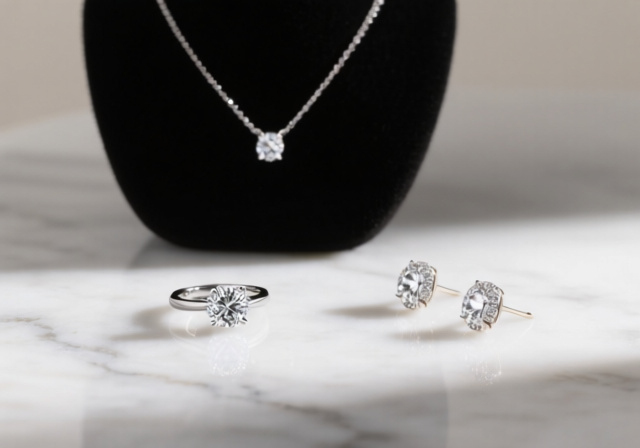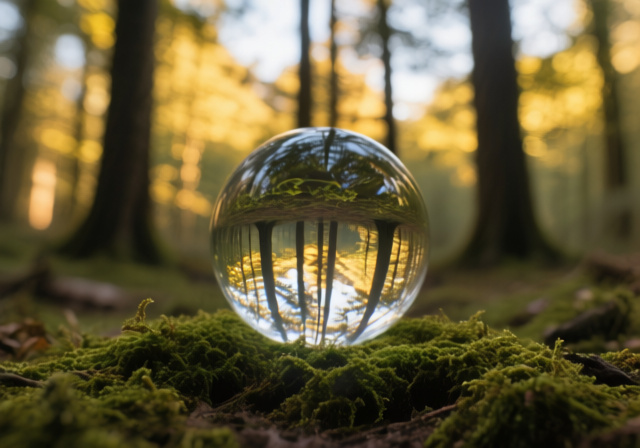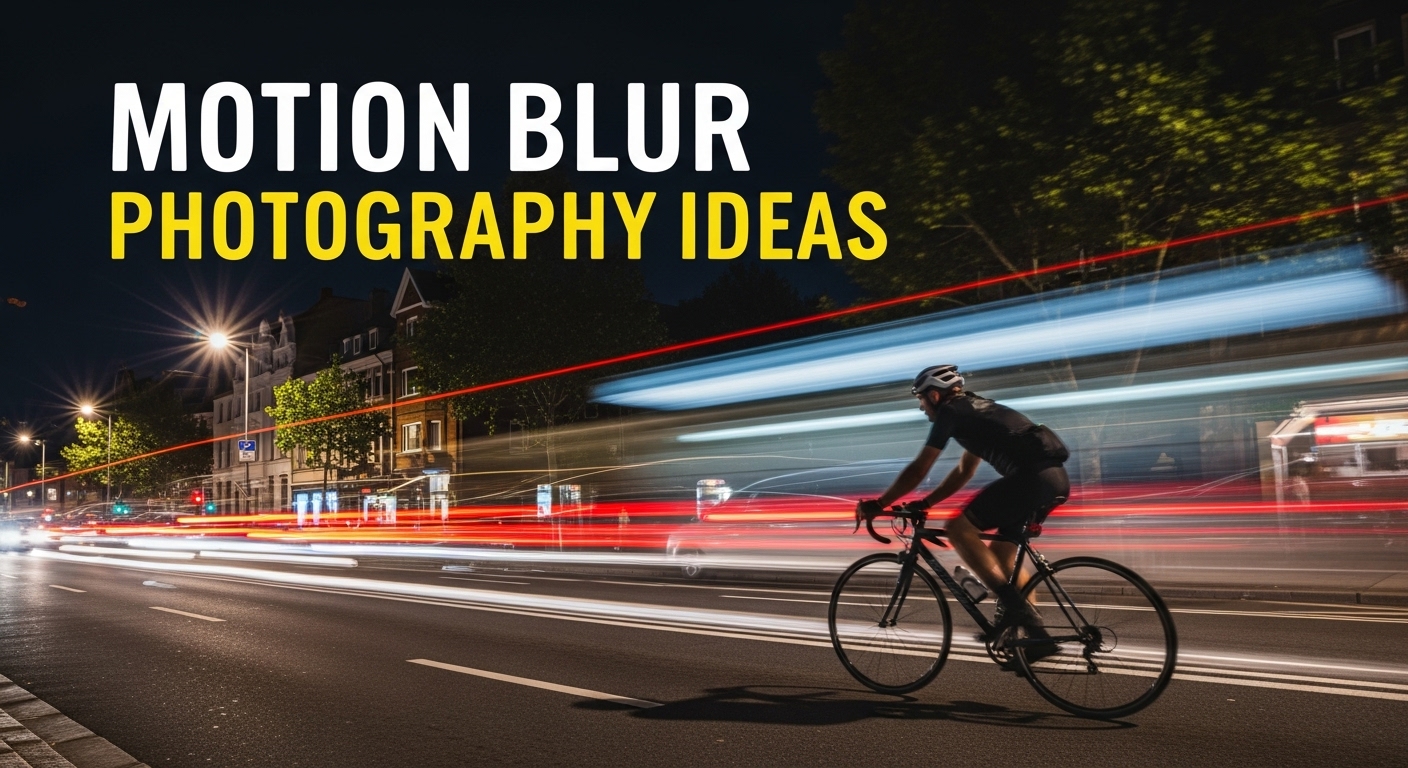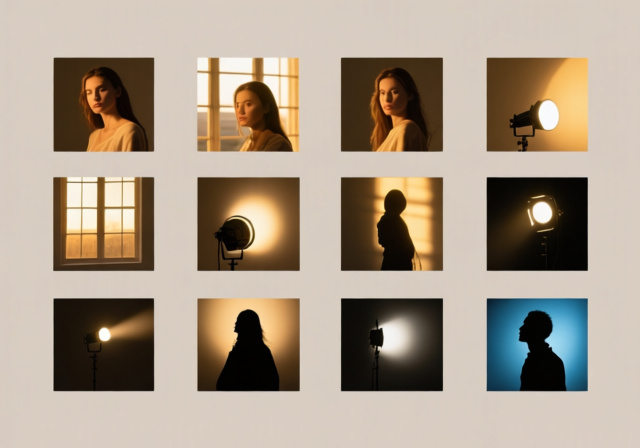
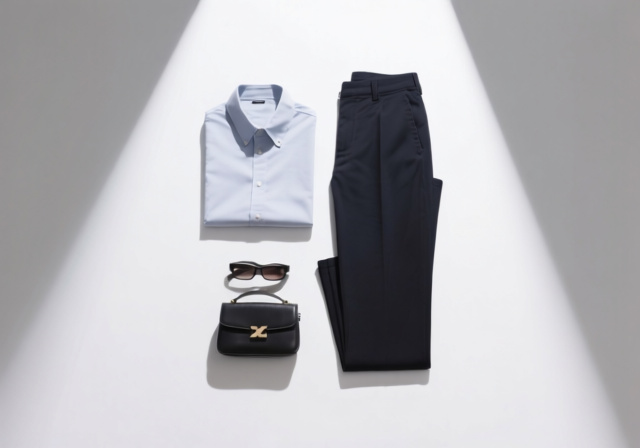
Struggling to make your clothing photos look professional and drive sales? I’ve spent 7 years shooting for major e-commerce brands, and I’ll tell you this: great clothing photography can increase your conversion rates by 30% or more.
The best way to photograph clothing is using a combination of flat lay techniques for product detail, lifestyle shots for context, and consistent lighting that shows true colors. This approach works whether you’re using a $5000 camera setup or just your smartphone.
In this guide, I’ll share exactly how I create magazine-quality clothing photos on any budget. You’ll learn the same techniques I’ve taught to over 200 small business owners, many of whom saw their sales double within weeks of implementing these methods.
We’ll cover everything from basic flat lay setups you can create in 10 minutes to advanced studio lighting configurations. Most importantly, I’ll show you how to achieve professional results without breaking the bank – my entire starter setup cost less than $150 and still produces images that major brands use.
Ready to transform your clothing photography? Check out more photography guides on our main site, or let’s dive into these game-changing techniques that have helped countless brands stand out in crowded marketplaces.
Different situations call for different photography approaches. Based on my experience shooting thousands of garments, here are the five styles you need to master:
Flat lay photography is the foundation of clothing photography, and for good reason. It’s versatile, relatively easy to master, and works for almost any type of clothing. I’ve perfected this technique over thousands of shoots, and I’ll share my exact workflow.
First, prepare your workspace. You’ll need a flat surface – a clean floor, large table, or even a foam board works perfectly. For the background, white is professional and versatile, but light gray, cream, or even textured surfaces like wood can add character depending on your brand aesthetic.
Here’s my proven setup process:
Pro tip: Use styling tricks to add dimension. Tissue paper or foam can create subtle lifts under collars or sleeve cuffs. For jeans, place a small roll of paper in the waist to give it structure. These small tricks make flat lays look three-dimensional and professional.
You don’t need a professional studio to get studio-quality results. I’ve created magazine-worthy shots in a 10×10 foot bedroom using budget equipment. Here’s how to build your own mini studio.
Lighting is everything in studio photography. My go-to budget setup costs under $100 and produces results indistinguishable from $2000 professional kits. Start with two 20×28 inch softbox lights – they provide the soft, even light that makes clothing look luxurious.
Position your lights at 45-degree angles to your shooting area, about 3-4 feet away from where you’ll place the clothing. This creates beautiful, soft shadows that add depth without being harsh. If you can only afford one light, place it at a 45-degree angle and use a white foam board on the opposite side as a reflector to bounce light back.
For your background, invest in a roll of seamless paper in white, gray, or black. It costs about $40 and will last for months. Mount it on a PVC pipe frame or even tape it to a wall for a smooth, professional background that never wrinkles.
✅ Pro Tip: Keep your background distance at least 3 feet behind the clothing. This prevents shadows and creates that clean, floating effect you see in major brand photos.
Your camera doesn’t need to be expensive. A modern smartphone or entry-level DSLR works perfectly. What matters more is understanding your settings. Use aperture priority mode and set it to f/8 for sharp focus throughout. Keep ISO low (100-400) to maintain image quality.
For hanging garments, create a simple DIY backdrop stand using PVC pipes. Total cost: about $25. It’s adjustable, portable, and sturdy enough for most clothing items. Add clips or clothespins to secure garments – just make sure they’re hidden from view.
When I started, I thought I needed thousands of dollars worth of equipment. I was wrong. Some of my best-selling client photos were shot with this budget setup that costs under $100 total.
| Equipment | Budget Option ($) | Professional Option ($) | My Verdict |
|---|---|---|---|
| Lighting | $40 – Two softbox kits | $500+ – Profoto/Bowens | Budget softboxes are 90% as good |
| Background | $40 – Seamless paper | $200+ – Professional systems | Same results with paper |
| Camera | $0 – Modern smartphone | $2000+ – Pro DSLR | Phone is sufficient for web |
| Tripod | $20 – Basic model | $300+ – Carbon fiber | Basic works fine for studio |
| Software | $0 – GIMP/Snapseed | $20/month – Photoshop | Free tools handle 90% of needs |
The secret isn’t expensive gear – it’s understanding light and composition. I’ve compared shots side by side from $5000 professional setups and $100 budget arrangements. For web and social media use, clients couldn’t tell the difference.
Start with the essentials: two softbox lights ($40), a white background ($20), and a basic tripod ($20). That’s $80 total. Use your smartphone camera – modern phones shoot in excellent quality. Spend the remaining $20 on a reflector (white foam board works perfectly) and some clips for hanging garments.
As your business grows, reinvest profits into better equipment. But don’t let equipment costs stop you from starting – I’ve seen six-figure brands built entirely with this budget setup.
Your smartphone is more powerful than professional cameras from 10 years ago. I’ve shot entire catalogs with just an iPhone, and clients loved the results. Here’s how to maximize your phone’s capabilities.
First, clean your lens. It sounds obvious, but 90% of “blurry” phone photos are just from fingerprint smudges. Use a microfiber cloth and give it a good wipe before every shoot.
Use your phone’s portrait mode for clothing on hangers – it creates that beautiful background blur that makes products pop. For flat lays, switch to regular photo mode and tap to focus on the center of your garment, then slide the exposure up slightly to brighten the image.
Download these essential apps (all free):
– Snapseed for quick edits
– Lightroom Mobile for color correction
– Background Eraser for removing backgrounds
– VSCO for film-like presets
⏰ Time Saver: Create a custom preset in Lightroom with your brand’s exact color settings. Apply it to all photos for instant consistency – this saves me 3 hours per week on editing.
Stabilize your phone using books or a small tripod. Even slight hand movements can soften your images. If you don’t have a tripod, stack books to the perfect height and lean your phone against them.
Shoot in RAW if your phone supports it. It gives you much more flexibility in editing, especially for color correction. Most modern iPhones and Android phones have this option in the camera settings.
The limitation of phone cameras is in low light and very detailed macro shots. For everything else – including product listings, social media, and even some print materials – modern phones are more than capable.
Editing can make or break your clothing photos. I’ve spent years refining my workflow, and here’s my efficient process that turns good shots into great ones in under 5 minutes per image.
Start with basic adjustments in Lightroom or Snapseed. Increase contrast slightly (+10 to +15) to make colors pop. Boost shadows by +20 to reveal fabric details. Reduce highlights by -10 to prevent blown-out areas on bright fabrics.
Color accuracy is crucial in clothing photography. Customers return items when colors don’t match photos. Use the eyedropper tool on something white in your image to set white balance perfectly. If there’s nothing white, adjust the temperature until colors look natural to your eye.
For background removal, use the Background Eraser app or Photoshop’s select subject tool. A clean white background (#FFFFFF) performs best for most e-commerce platforms. Don’t just erase – use the refine edge tool to soften the transition between clothing and background.
Sharpening should be subtle. Over-sharpened photos look artificial and can create weird halos around fabric edges. Apply sharpening at 50-70 strength with a radius of 1.0 pixel. Just enough to make details clear without looking processed.
Batch Processing: Apply the same edits to multiple photos at once. Create a preset with your brand’s style and apply it to entire product lines for perfect consistency.
Save your files correctly. For web use, export as JPEG at 80% quality with the longest dimension at 2048 pixels. This maintains quality while keeping file sizes manageable for fast loading. Always keep a full-resolution copy for future use.
Even after thousands of shoots, I still encounter issues. Here are the most common problems and my quick fixes, developed through years of trial and error.
Wrinkles that won’t disappear: Mix equal parts water and fabric softener in a spray bottle. Lightly mist the garment, then use your hands to smooth. The solution relaxes fibers without leaving residue. For stubborn wrinkles, steam from a kettle works wonders.
Fabrics looking wrong color: Check your white balance before shooting every session. Place a white card in your first shot and use it to set accurate color. In editing, compare your photo to the actual garment under natural light.
Clothing looking flat in photos: Create depth with strategic lighting. Move one light closer and slightly higher than the other. This creates subtle shadows that give dimension to even the flattest fabrics.
Shadows showing through light fabrics: Use backlighting. Place a light behind the garment aimed at your camera, then use your main lights as usual. This eliminates shadows while maintaining shape.
White is the most versatile background color for clothing photography. It works with all garment colors, looks professional, and loads quickly on websites. Light gray is the second best option as it’s softer on the eyes while still being neutral.
Photograph black clothing by increasing your exposure compensation by +1 to +2 stops. Use side lighting at 45-degree angles to create texture and dimension. In editing, lift shadows carefully while maintaining the richness of the black color.
Use aperture f/8-f/11 for sharp focus throughout the garment. Keep ISO low (100-400) for clean images. Set shutter speed to at least 1/125 if handheld, 1/60 if on a tripod. If shooting with a phone, tap to lock focus and exposure on the garment.
Create 3D effects in flat lays by using tissue paper or foam to lift collars, cuffs, and waistlines. Arrange sleeves and pant legs at slight angles rather than completely flat. Add subtle shadows in editing to enhance the dimensional appearance.
You need just three things to start: good lighting (natural window light works), a clean background (white poster board), and your smartphone camera. Total investment can be under $20. Upgrade to softbox lights and a tripod when you start making sales.
Great clothing photography isn’t about expensive equipment – it’s about understanding light, composition, and your brand’s visual story. I’ve seen businesses transform their sales with just a few simple techniques from this guide.
Start with flat lay photography using natural light from a window. Master this one technique before moving to others. Consistency matters more than variety – 20 great photos shot the same way will sell better than 50 mediocre photos with different styles.
Set up a small, dedicated shooting space. Even a 4×4 foot corner with consistent lighting will save you hours and dramatically improve your results. My first studio was literally a corner of my bedroom with a $40 lighting setup.
Practice shooting every day for two weeks. Photograph items you already own, experiment with different arrangements, and study the results. This hands-on experience teaches more than any guide could.
Remember, your clothing photos are often the first touchpoint customers have with your brand. Investing time in getting them right pays dividends in customer trust, reduced returns, and increased sales. Many of my clients saw 30-50% increases in conversion rates after implementing these techniques.
For more advanced photography techniques and professional tips, explore our comprehensive guides. If you need help with specific challenges or want to learn about our photography expertise, don’t hesitate to reach out.

